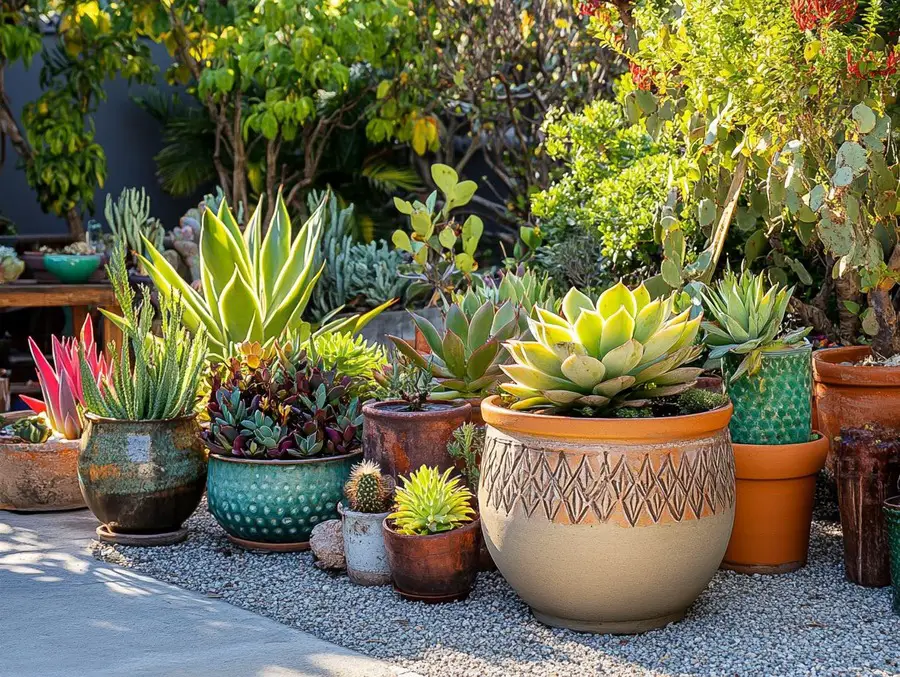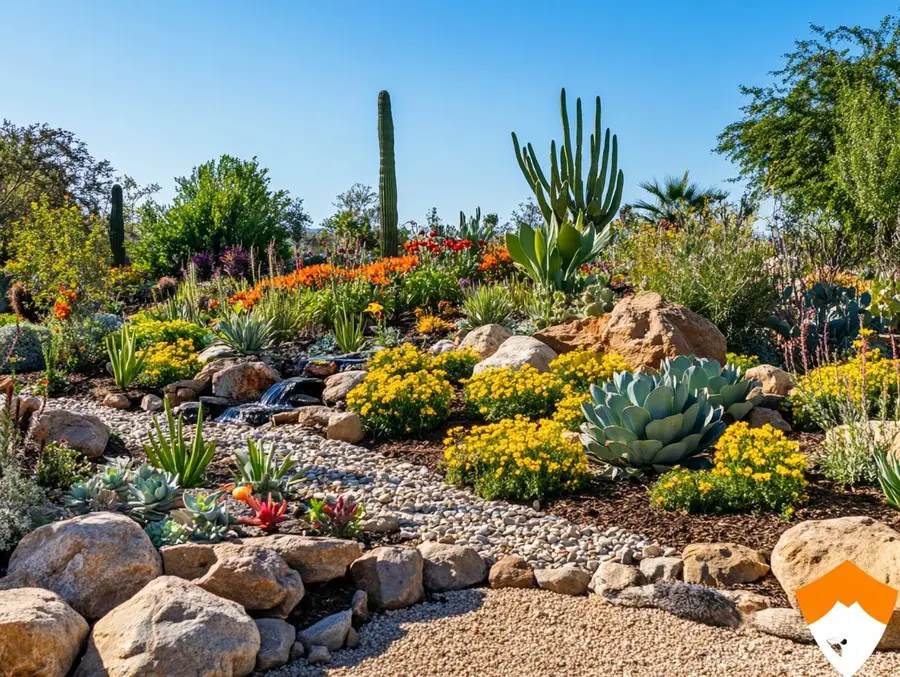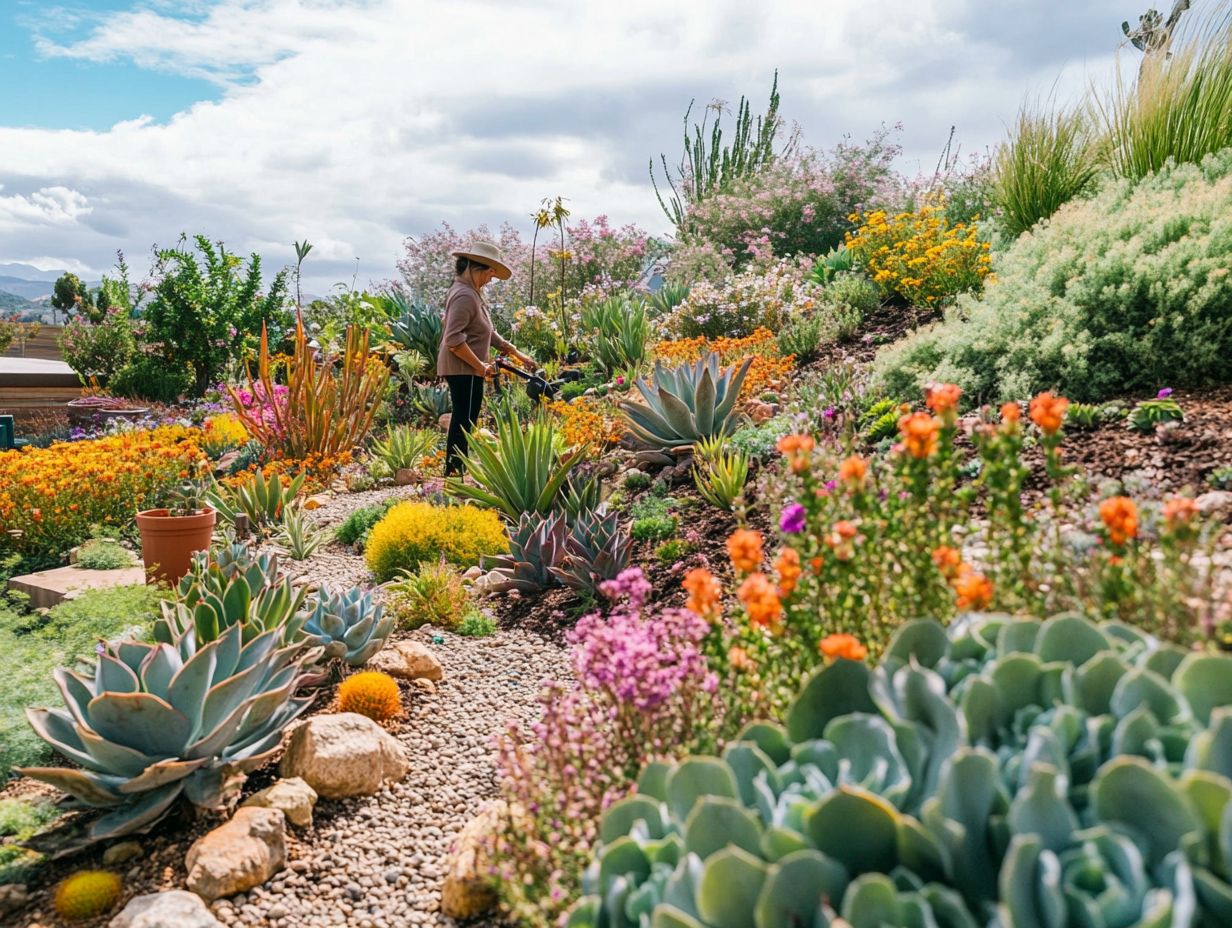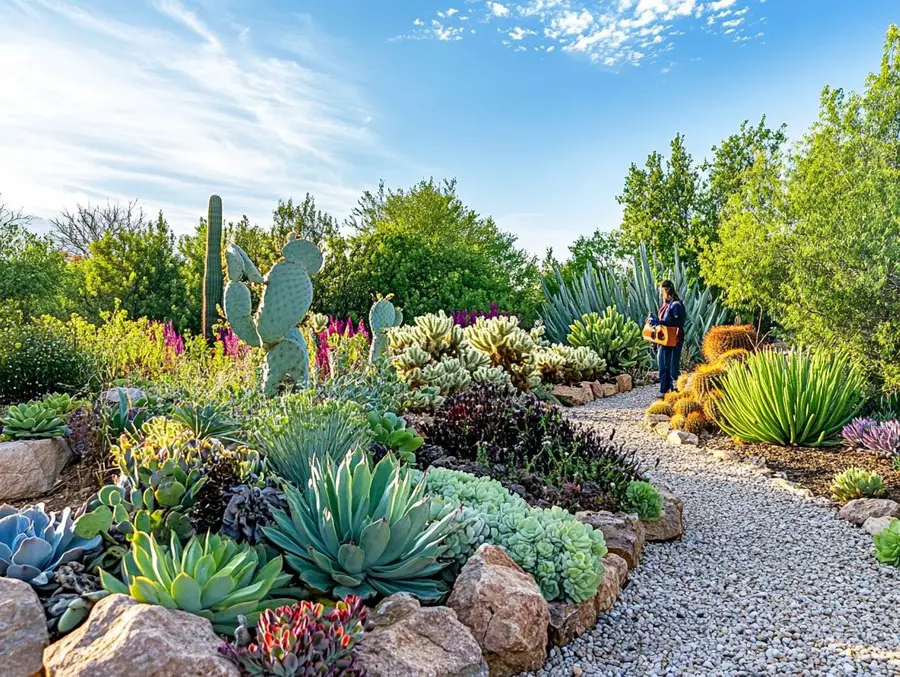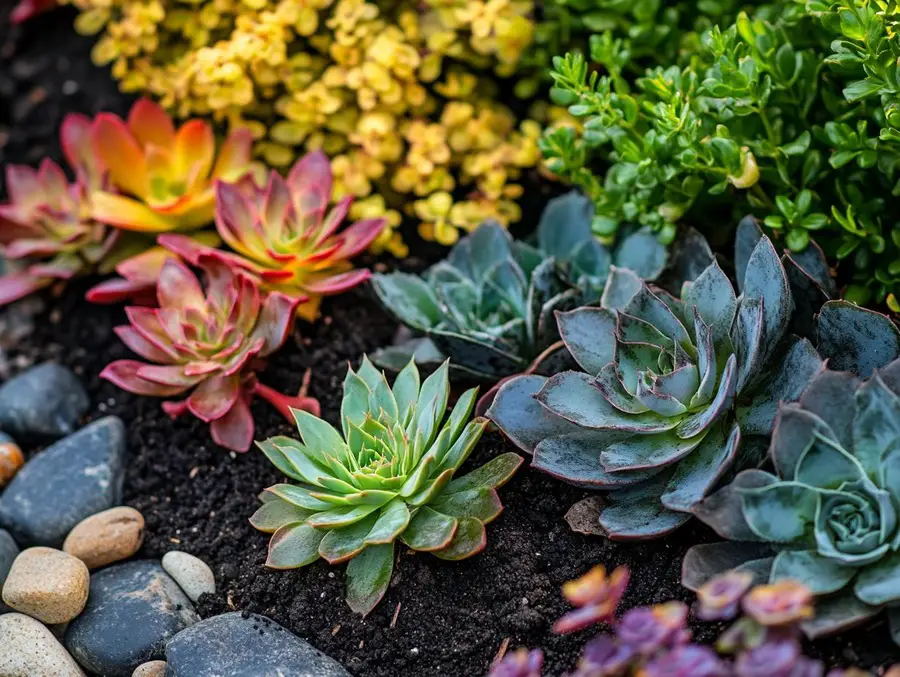We use affiliate links. If you purchase something using one of these links, we may receive compensation or commission.
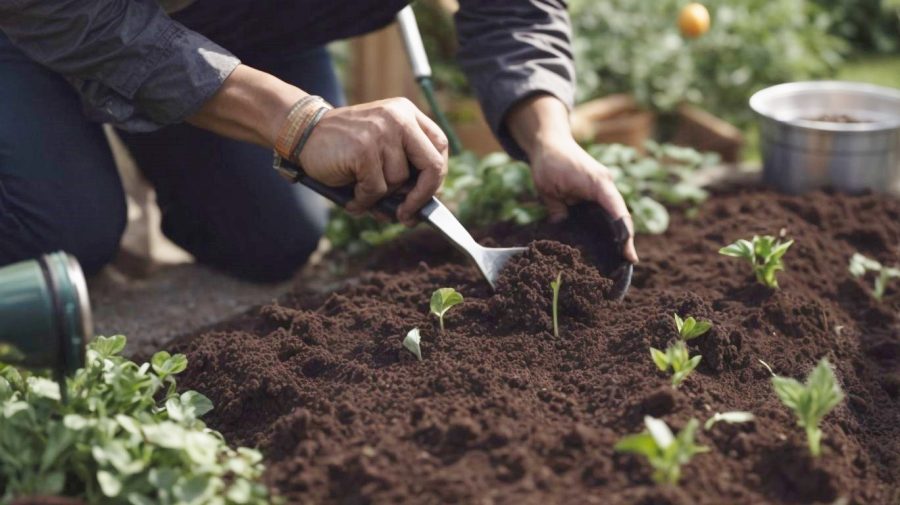
Dive into the essentials of garden bed preparation and planting techniques to kickstart your gardening journey! Learn key steps and best plants for beginners.
Garden Bed Preparation and Planting Techniques Key Takeaways:
- Garden bed preparation and planting techniques involve clearing the area, enriching the soil with amendments, and choosing the right planting methods.
- These steps ensure your garden has a strong foundation for healthy plant growth, leading to a lush, productive garden.
Are you looking to start a garden but not sure where to begin?
Our guide on garden bed preparation and planting techniques offers everything you need to know to transform a patch of earth into a flourishing garden.
From soil prep to choosing the right plants, we’ve got you covered!
Garden Bed Preparation and Planting Techniques
Garden bed preparation and planting techniques are essential for creating a thriving garden.
By focusing on soil quality, incorporating the right amendments, and selecting suitable planting methods, gardeners set the stage for a bountiful harvest.
Whether it’s choosing beginner-friendly plants like tomatoes and basil or employing methods like direct sowing and companion planting, each step contributes to the garden’s success.
Remember, gardening is a journey of learning and growth. Don’t be afraid to experiment and learn from each season. With patience and care, your garden will flourish.
Are You Ready to Start Your Garden?
Are you ready to get your hands dirty and start your own garden? Garden bed preparation is a crucial step in ensuring a successful and thriving garden.
From clearing the area to testing the soil, adding amendments, and tilling the soil, there are several key steps to follow.
In this article, we will explore the importance of garden bed preparation, the different planting techniques such as direct sowing and companion planting, and the best plants for beginner gardeners.
So grab your gardening gloves and let’s get started!
What Is Garden Bed Preparation?
Garden bed preparation is the essential process of readying a designated area for optimal plant growth by ensuring the soil quality and nutrient levels meet the requirements of the plants to be cultivated.
Proper garden bed preparation plays a vital role in providing a conducive environment for plants to thrive. By cultivating healthy soil rich in nutrients and organic matter through the incorporation of compost, gardeners can enhance the fertility and structure of the soil, which is crucial for robust plant development.
The setup of the garden bed, including aspects such as drainage, depth, and spacing, directly influences the root growth and overall health of the plants. Adequate preparation ensures that plants receive the necessary support and resources to flourish, leading to bountiful harvests and vibrant gardens.
Raised-bed Gardening

Raised bed gardening involves cultivating plants in soil that is higher than the ground level, typically contained within structures like wooden frames or garden boxes.
This method offers numerous advantages, including improved drainage, better soil quality, and easier access for planting, maintenance, and harvesting.
Raised beds allow gardeners to control the soil environment more effectively, leading to healthier plants and higher yields.
Additionally, they can reduce the risk of soil compaction, provide a barrier to pests, and make gardening more accessible to individuals with limited mobility.
By elevating the gardening space, raised beds also offer a neat and organized aesthetic to any outdoor area, making it an attractive option for both novice and experienced gardeners.
Raised-bed gardening is a form of gardening in which the soil is raised above ground level and usually enclosed in some way. Raised bed structures can be made of wood, rock, concrete or other materials, and can be of any size or shape.[1] The soil is usually enriched with compost.[2]
Vegetables are grown in geometric patterns, much closer together than in conventional row gardening.[2] The spacing is such that when the vegetables are fully grown, their leaves just barely touch each other, creating a microclimate in which weed growth is suppressed and moisture is conserved. Wikipedia
Why Is Garden Bed Preparation Important?
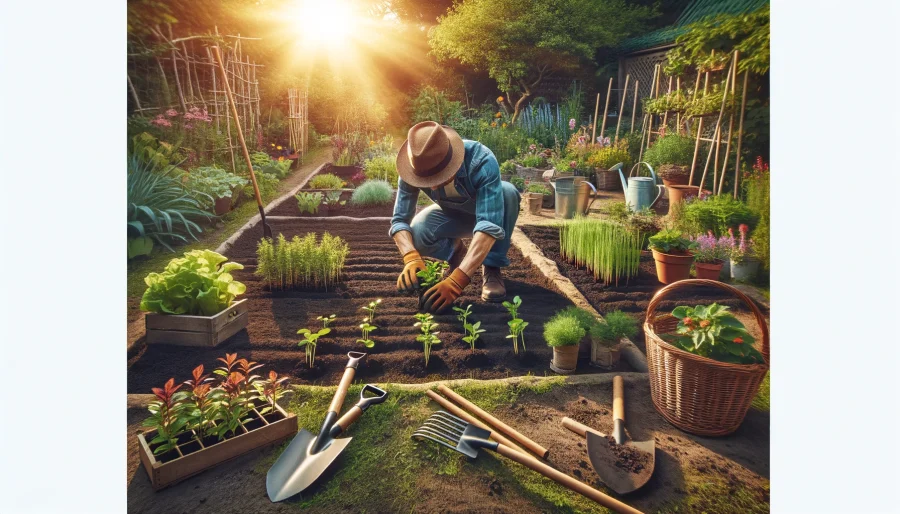
Garden bed preparation plays a crucial role in establishing a conducive environment for plant growth, ensuring that the soil is rich in essential nutrients, well-drained, and adequately aerated to support healthy vegetation.
When preparing garden beds, the soil quality is of utmost importance.
Rich, well-balanced soil provides plants with the necessary nutrients for robust growth.
Incorporating compost during preparation enhances soil structure, improves water retention, and promotes beneficial microorganisms that aid in nutrient uptake.
Ensuring proper drainage in the beds prevents waterlogging, which can lead to root rot and other plant diseases.
Properly prepared garden beds also create favorable conditions for root development, facilitating strong anchorage and efficient nutrient absorption.
What Are The Steps To Prepare A Garden Bed?
The process of preparing a garden bed involves several key steps that encompass clearing the area, testing the soil, adding organic matter like compost, tilling the soil to improve aeration, and creating raised beds for optimal plant growth.
Once the area is cleared of weeds and debris, it’s crucial to test the soil to determine its pH levels and nutrient content.
Organic matter such as leaf mold or aged manure should then be added to improve soil structure and provide essential nutrients for plant growth.
After incorporating the organic matter, tilling the soil adequately helps break up any compacted areas and allows roots to penetrate deeply.
Consider creating raised beds to improve drainage and provide a controlled environment for plants to thrive.
Clearing The Area
Clearing the designated garden area is the initial step in garden bed preparation, involving the removal of any existing vegetation, debris, or obstacles to create a clean and blank canvas for planting.
Starting with a clean slate is crucial for successful garden bed cultivation.
By eliminating any unwanted growth or clutter, you provide a fresh foundation for your plants to thrive.
Clearing the garden area also allows for better air circulation, sunlight penetration, and water drainage, essential factors for plant growth.
Ensuring that the space is free from obstacles sets the stage for efficient planting and maintenance.
This process not only enhances the aesthetic appeal of the garden but also promotes healthier plant development.
It’s like preparing the canvas before painting a masterpiece!
Testing The Soil
Soil testing is a critical step in garden bed preparation, as a soil test helps determine the soil’s pH levels, nutrient content, and overall quality, enabling gardeners to make informed decisions regarding soil amendments and plant selection.
By analyzing the composition of the soil, gardeners can understand its texture, structure, and drainage capabilities, which are crucial factors for healthy plant growth.
Understanding the nutrient levels in the soil helps in choosing the right fertilizers or organic amendments to balance deficiencies.
Proper pH balance is vital for optimal plant health, as it influences nutrient availability.
Knowledge of these soil characteristics guides the selection of plants that are best suited to thrive in specific soil conditions, leading to a successful and vibrant garden.
Adding Amendments
Adding soil amendments such as compost, organic matter, or fertilizers is a key aspect of garden bed preparation, enriching the soil with essential nutrients and improving its structure to support plant growth.
Compost, often referred to as ‘black gold’ in gardening circles, is a powerhouse of nutrients that helps enhance the soil’s ability to retain moisture and promote microbial activity crucial for nutrient uptake by plants. Incorporating organic matter like leaf mold or aged manure boosts soil aeration and drainage, creating an optimal environment for roots to thrive.
Strategically choosing the right fertilizers further amplifies soil fertility, providing plants with a balanced supply of essential nutrients like nitrogen, phosphorus, and potassium that are vital for robust growth, vibrant blooms, and high yields.
Tilling The Soil
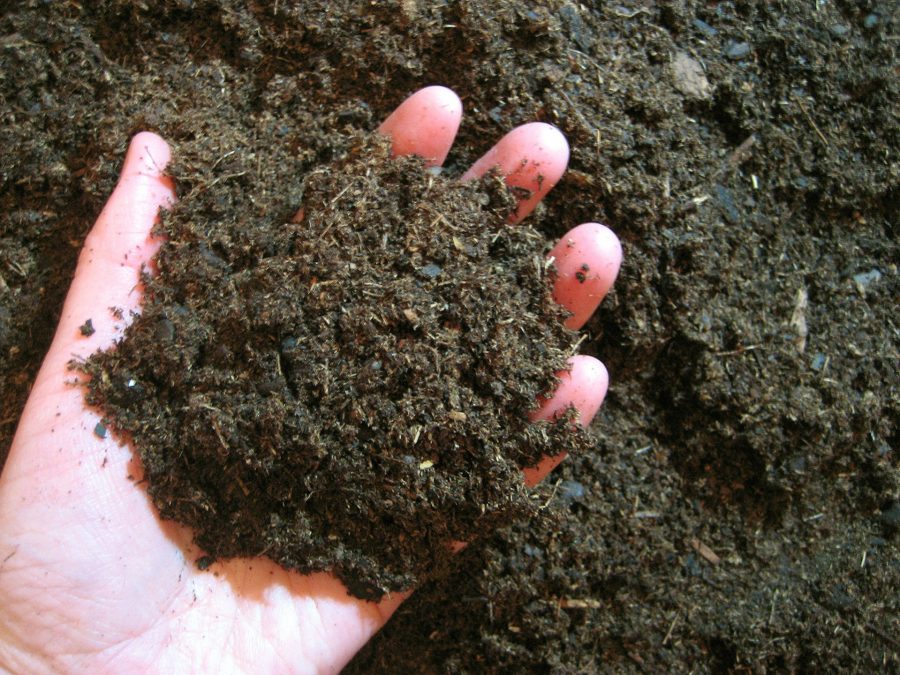
Tilling the soil is a fundamental step in garden bed preparation that involves breaking up compacted soil, improving aeration, and creating a loose, friable texture that facilitates root growth and nutrient absorption for plants.
Enhancing the soil structure through tilling promotes the formation of a crumbly, granular texture, providing an ideal environment for roots to penetrate deeply and access essential nutrients.
This process allows for better water infiltration and drainage, reducing the risk of waterlogged soil and enhancing overall plant resilience.
Loosening the soil aids in the decomposition of organic matter, fostering a balanced microbial community that supports plant health and growth.
Creating Raised Beds

Establishing raised beds is a strategic approach in garden bed preparation, offering improved drainage, soil warmth, and root protection for plants, creating an elevated growing area that optimizes growing conditions.
One of the key benefits of raised beds is the improved drainage they provide. By being elevated, excess water can easily drain away, preventing waterlogging that can harm plant roots.
- Enhanced Drainage: Raised beds facilitate proper water drainage, preventing waterlogging and creating a healthier root environment for plants.
- Soil Warmth: The elevation of raised beds allows the soil to warm up quicker in the spring, promoting earlier planting and extending the growing season.
- Plant Protection: The raised structure also offers protection to plants from pests, animals, and weeds, contributing to healthier and more vigorous growth.
The controlled environment of raised beds enables gardeners to optimize soil composition, leading to better nutrient availability for plants and enhanced root development.
What Are The Different Planting Techniques?
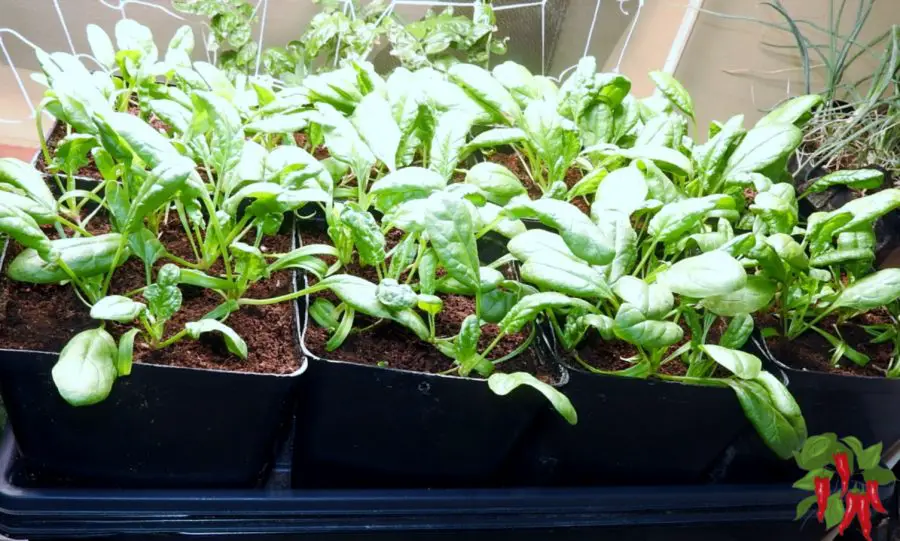
Various planting techniques offer gardeners flexibility in cultivating a diverse range of plants, including direct sowing, transplanting, companion planting, succession planting, intercropping, and square-foot gardening, each method tailored to different plant species and growth requirements.
Square foot gardening is the practice of dividing the growing area into small square sections.The aim is to assist the planning and creating of a small but intensively planted vegetable garden. It results in a simple and orderly gardening system, from which it draws much of its appeal. Mel Bartholomew coined the term “square foot gardening” in his 1981 book of the same name. Wikipedia
Direct sowing involves planting seeds directly into the soil where they will grow, eliminating the need for transplanting and promoting strong root development.
This method is ideal for vegetables like radishes, carrots, and lettuce, as it minimizes root disturbance.
Transplanting, on the other hand, allows for the cultivation of plants from seedlings or young plants, providing a head start in growth and enabling better control over plant spacing.
This technique works well for crops that require longer growing seasons or those vulnerable to pests.
Companion planting utilizes the symbiotic relationships between different plants to enhance growth, deter pests, and improve yields.
For instance, planting basil alongside tomato plants can enhance tomato flavor and repel insects naturally.
Direct Sowing
Direct sowing involves planting seeds directly into the garden soil, bypassing the need for indoor seed starting or transplanting, and allowing seeds to germinate and grow in their intended location with minimal disturbance.
One of the primary advantages of direct sowing is that it can promote stronger root systems in plants, as they adapt to the natural soil conditions from the beginning.
When planting seeds directly, ensure to follow specific guidelines for each type of seed.
For instance, depth is crucial, and some seeds require light to germinate, so they should be sown barely under the surface.
Spacing between seeds is essential to prevent overcrowding and competition for resources.
Transplanting
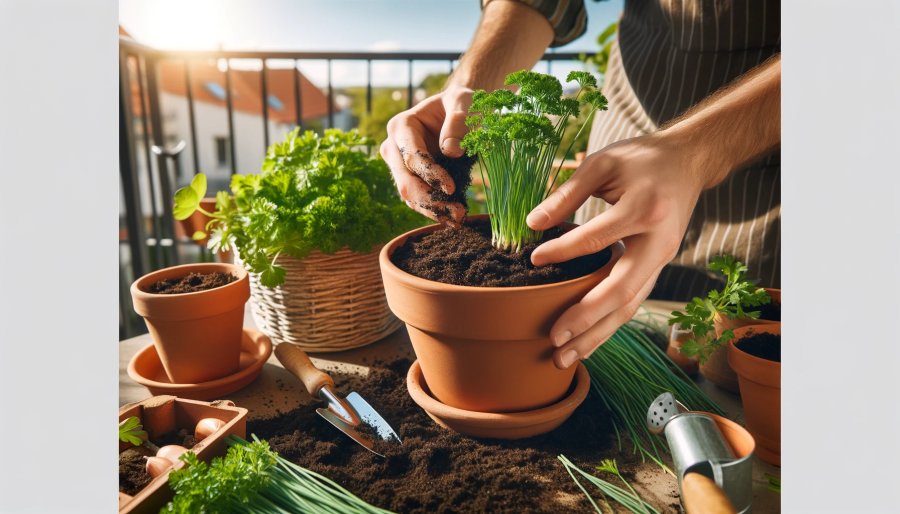
Transplanting involves moving established plants from one location to another, allowing gardeners to replant seedlings or mature plants into prepared garden beds for continued growth and development.
When transplanting plants, it is essential to choose the right time based on the plant’s type for the best results.
Spring or fall when plants are dormant are ideal seasons for relocation.
Before uprooting, ensure the new site has adequate sunlight, soil quality, and drainage.
Carefully dig around the plant, keeping as much of the root system intact as possible for successful transplantation.
Water the plant well before transplanting and minimize root exposure to prevent shock.
After replanting, provide proper post-transplant care by watering regularly and monitoring for signs of stress.
Companion Planting
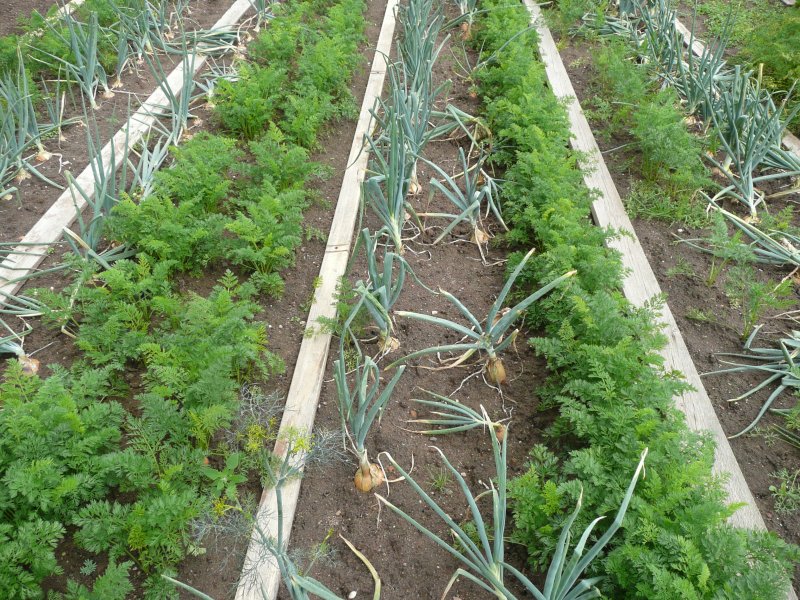
Companion planting involves cultivating different plant species in close proximity to benefit from their synergistic relationships, such as pest control, nutrient sharing, and improved pollination, enhancing overall garden health and productivity.
This ancient farming practice harnesses the power of nature to create harmonious ecosystems within your garden.
By intercropping crops strategically, you can naturally deter pests by using plants that repel harmful insects or attract beneficial ones.
For example, planting marigolds alongside tomatoes can help ward off nematodes, while attracting bees and other pollinators essential for fruit set.
Certain plants have symbiotic relationships where one fixes nitrogen in the soil and benefits neighboring plants, such as pairing corn with beans.
These mutually beneficial plant combinations not only promote healthy soil structures but also maximize garden space utilization and increase yields.
Succession Planting
Succession planting involves staggered plantings of crops at timed intervals to ensure a continuous harvest throughout the growing season, maximizing garden productivity and extending the availability of fresh produce.
This method of planting not only helps in optimizing space but also ensures a consistent supply of vegetables, herbs, and fruits with proper planning.
By strategically timing plantings, gardeners can avoid a glut of produce at one time and instead enjoy a steady stream of fresh harvests.
When implementing succession planting, it is crucial to consider the maturity period of each crop, allowing for seamless transitions between harvests.
Selecting quick-growing varieties can further enhance the efficiency of this approach.
Proper planning, crop selection, and soil preparation are fundamental aspects to achieve success with succession planting.
Before planting, ensure the soil is adequately nourished, well-drained, and free from pests to support healthy growth throughout the growing season.
By following these steps and staying organized in your planting schedule, you can reap the rewards of a bountiful and diverse harvest all season long.
Intercropping
Intercropping involves simultaneously growing different plant species in the same garden space, optimizing land use efficiency, nutrient utilization, and pest management, leading to enhanced crop diversity and overall garden resilience.
By strategically pairing crops that benefit each other, intercropping can foster symbiotic relationships within the garden ecosystem.
For instance, planting legumes alongside other vegetables can help fix nitrogen in the soil, benefiting neighboring plants.
This planting method not only encourages biodiversity but also acts as a natural pest control measure, reducing the need for harmful pesticides.
Intercropping can enhance soil health by reducing erosion and improving water retention, creating a more sustainable and productive garden environment.
Square Foot Gardening
Square foot gardening is a space-efficient planting method that divides garden beds into small square sections, optimizing plant density, accessibility, and productivity by carefully planning and organizing plant placement within designated squares.
This method is particularly beneficial for small gardens or urban spaces where maximizing the use of the available area is crucial.
Square foot gardening significantly reduces time spent on maintenance and watering, as the close spacing helps shade out weeds and conserves moisture.
By dividing the garden into clearly defined squares, each allocated for a specific plant variety, you can easily rotate crops each season for better soil health and pest management.
What Are The Best Plants For Beginner Gardeners?
For novice gardeners looking to kickstart their gardening journey, popular beginner-friendly plants include tomatoes, lettuce, basil, cucumbers, and peppers, known for their ease of cultivation, versatility in gardens, and rewarding harvests.
Tomatoes are a staple in many gardens, offering a variety of sizes, shapes, and colors. They thrive in sunny spots with well-drained soil and benefit from regular watering.
Lettuce, on the other hand, is perfect for salads and grows well in cooler temperatures, requiring consistent moisture.
Basil, with its aromatic leaves, is ideal for both cooking and garnishing, needing plenty of sunlight and good drainage.
Cucumbers are refreshing additions to any garden, requiring a trellis for support and consistent watering to keep the soil moist.
Peppers, available in various levels of spiciness, flourish in warm weather and necessitate fertile soil for optimal growth.
Tomatoes
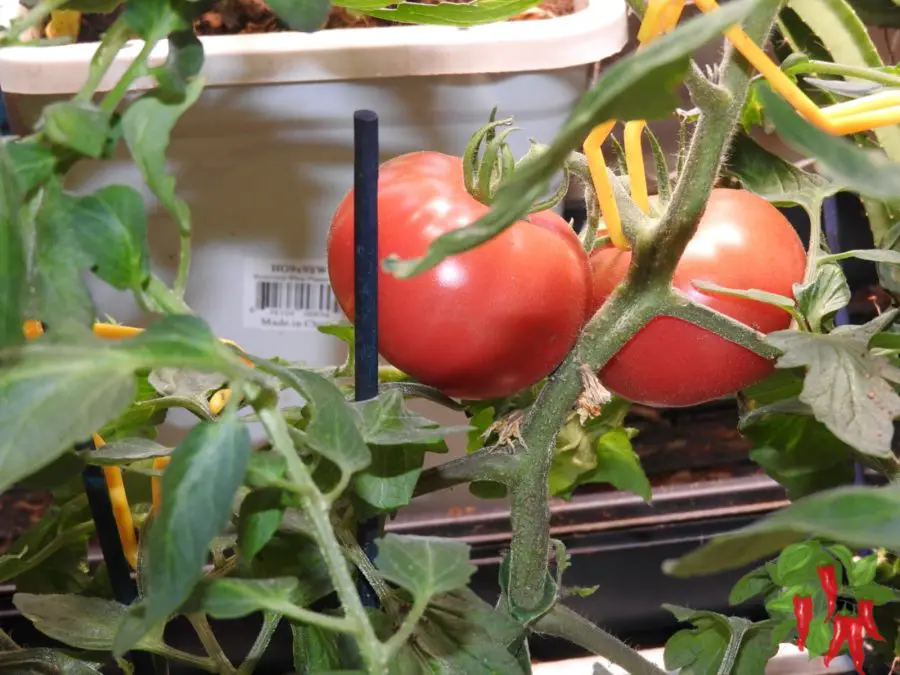
Tomatoes are popular choices for beginner gardeners due to their versatility, abundant yields, and various cultivars suited for different climates and growing conditions, making them an excellent starting point for vegetable gardening enthusiasts.
For novice gardeners, tomatoes are an ideal crop as they are relatively easy to grow and provide a high level of satisfaction with their flavorful fruits.
Some popular tomato varieties include beefsteak, cherry, heirloom, and Roma, each offering unique flavors and uses in the kitchen.
When cultivating tomatoes, it is important to provide them with full sun, well-draining soil, and adequate support as they grow.
Regular watering, mulching, and fertilizing are essential maintenance practices to ensure healthy growth and bountiful harvests.
Lettuce
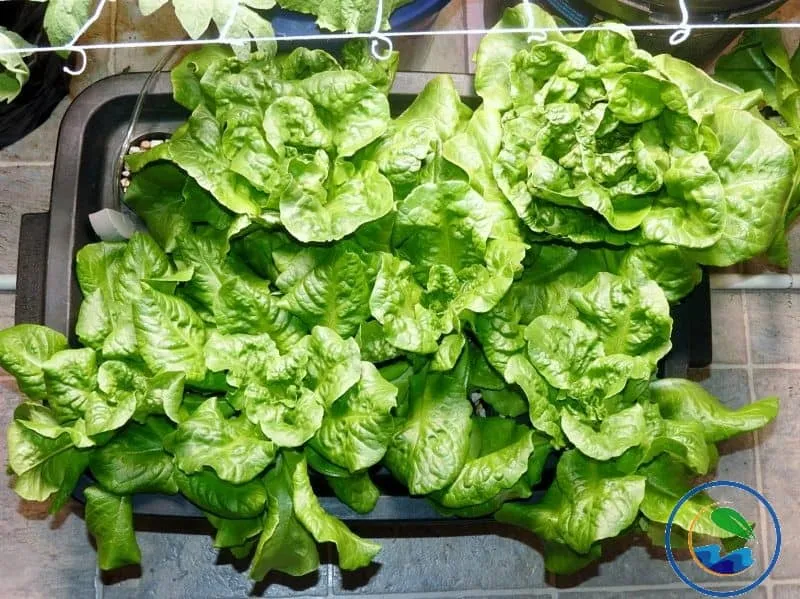
Lettuce is a beginner-friendly plant that thrives in various climates, offering quick growth, continuous harvests, and the opportunity to experiment with different leaf textures and colors, making it an ideal choice for novice gardeners.
One of the great benefits of growing lettuce is its versatility. Whether you have a small backyard or a balcony garden, lettuce can be grown in containers, raised beds, or directly in the ground.
This adaptability allows beginners to cultivate this leafy green in a variety of settings without requiring extensive space or specialized equipment.
Regarding planting lettuce, it’s important to choose the right variety for your location and desired harvest time.
Opt for loose-leaf types for cut-and-come-again harvests or head varieties for a single-head yield.
Sow the seeds at the appropriate depth, keep the soil consistently moist, and provide adequate sunlight for optimal growth.
Harvesting lettuce is a rewarding experience for beginners as they get to enjoy the fruits of their labor in salads, sandwiches, or garnish.
Harvest the outer leaves first, allowing the inner leaves to continue growing for future harvests.
This continuous harvest approach ensures a fresh supply of homegrown lettuce throughout the growing season.
Basil
Basil is a popular herb among beginner gardeners for its aromatic foliage, culinary uses, and low maintenance requirements, making it an excellent choice for adding flavor and fragrance to garden spaces with minimal effort.
Basil, also known as the ‘king of herbs,’ boasts a myriad of culinary and medicinal properties that have been cherished for centuries.
From enhancing pasta dishes to being a key ingredient in pesto sauces and salads, basil’s versatility in the kitchen knows no bounds.
This herb is rich in antioxidants, vitamins, and essential oils, offering various health benefits such as anti-inflammatory and anti-bacterial properties.
Regarding growing, basil is relatively easy; it thrives in well-drained soil, ample sunlight, and moderate watering.
Whether in pots, raised beds, or garden rows, basil adapts well to diverse growing environments, making it a staple for both indoor and outdoor gardening enthusiasts.
Cucumbers
Cucumbers are ideal for beginner gardeners due to their prolific fruiting, refreshing taste, and suitability for container gardening or traditional garden beds, providing a satisfying and rewarding growing experience for novices.
One of the appealing aspects of cultivating cucumbers is their low-maintenance nature and relatively quick growth cycle, making them a great choice for those new to gardening.
With proper care, cucumbers thrive in warm weather and well-drained soil, requiring regular watering and sunlight for optimal growth.
For those with limited garden space, cucumbers can be successfully grown in containers, hanging baskets, or even vertically on trellises to save space and encourage healthy vine growth.
Peppers
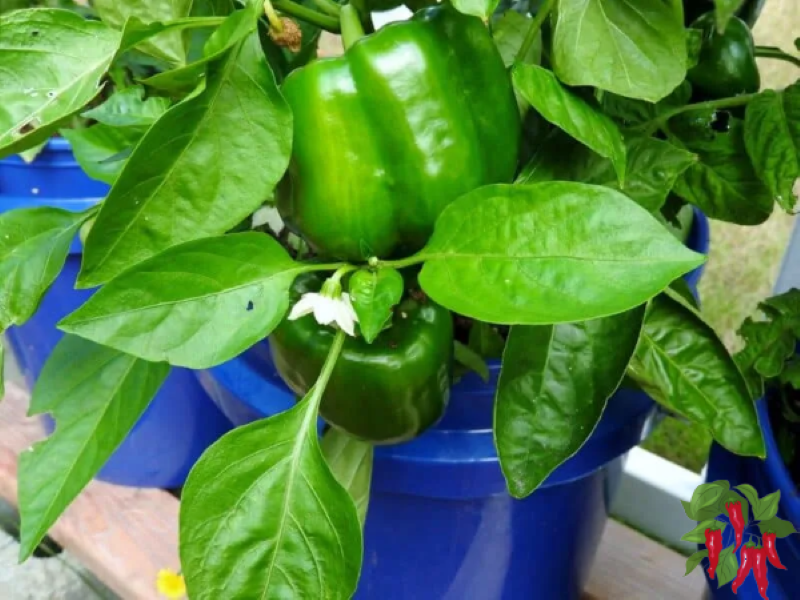
Peppers are beginner-friendly plants that offer vibrant colors, diverse flavors, and the flexibility to grow in diverse climates, making them an excellent choice for novice gardeners seeking to explore different pepper varieties and culinary uses.
From sweet bell peppers to spicy jalapenos, the world of peppers provides a range of options for home gardeners.
Bell peppers, with their crisp texture and sweet taste, are perfect for salads and stir-fries, while cayenne peppers add a spicy kick to dishes.
Growing peppers is relatively low-maintenance, requiring well-drained soil and plenty of sunlight.
- For successful cultivation, peppers benefit from consistent watering and occasional fertilization.
- Harvesting peppers at different stages of ripeness offers varying flavors and uses in the kitchen.
Whether adding a pop of color to your garden or spicing up your meals, peppers are a versatile and rewarding addition to any beginner gardener’s repertoire.
Garden Bed and Planting Techniques FAQs
Q. What is garden bed preparation?
A. Garden bed preparation involves creating an ideal environment for plants to grow in a designated area of your garden.
This includes loosening the soil, adding nutrients, and removing any debris or weeds.
Q. Why is garden bed preparation important?
A. Proper garden bed preparation helps create a healthy and fertile environment for plants to grow, leading to better growth and productivity.
It also prevents weeds and diseases from affecting the plants.
Q. What is the best time to prepare garden beds for planting?
A. The best time to prepare garden beds for planting is during the fall or spring when the soil is not too wet or frozen.
This allows the soil to be worked easily and gives enough time for any added nutrients to decompose and mix in.
Q. What tools are needed for garden bed preparation?
A. Some essential tools for garden bed preparation include a shovel, rake, hoe, garden fork, and wheelbarrow.
These tools are used to loosen the soil, remove debris, and mix in nutrients.
Q. How do you prepare a garden bed for planting?
A. First, remove any existing plants, weeds, and debris from the area.
Then, loosen the soil with a shovel or garden fork and mix in compost or other organic matter.
Finally, smooth out the surface with a rake and create furrows or raised beds for planting.
Q. What are some techniques for planting in a garden bed?
A. Some techniques for planting in a garden bed include spacing plants properly, using a mix of annuals and perennials, and rotating crops each season.
It is also important to consider the sunlight, water, and nutrient needs of the plants when deciding where to plant them.
Garden Bed Preparation and Planting Techniques Conclusion
Embarking on the gardening journey with garden bed preparation and planting techniques lays the foundation for a successful and rewarding gardening experience.
By understanding the importance of soil preparation, embracing various planting methods, and choosing the right plants, beginners can enjoy the fruits of their labor and the beauty of their gardens.
Encouragement to readers: Dive into gardening with enthusiasm and curiosity. Your garden is a canvas, and with each season, you have the opportunity to create something unique and beautiful.
Learn more: Backyard Gardening: A Comprehensive Guide
Happy gardening!
Related Content
Visit my Amazon Influencer Page for videos and gardening products Grow Your Own Garden




